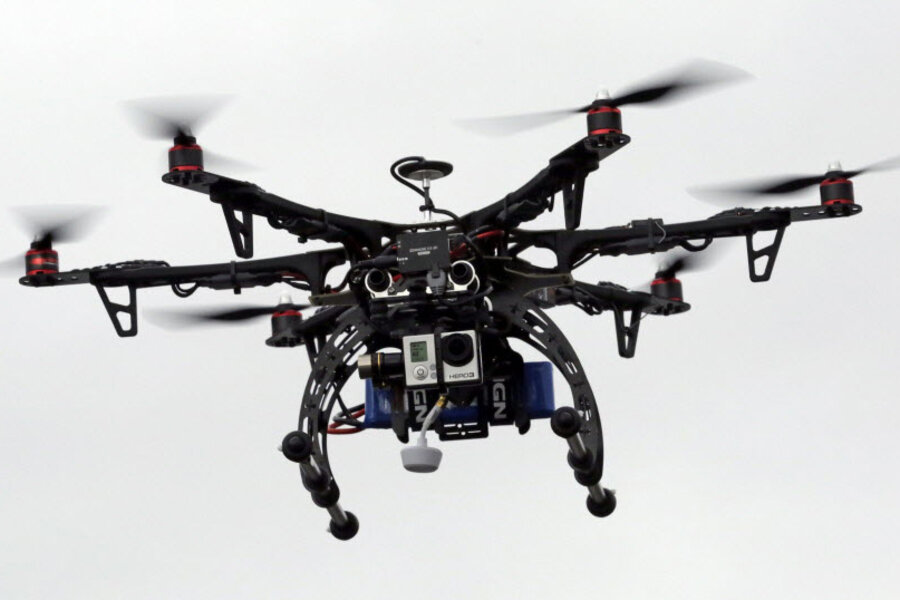Drones nearly crashed into planes 241 times. How can collisions be prevented?
Loading...
What’s preventing a mid-air collision between drones and manned aircraft? Not much.
Friday, a report shows 241 close encounters between drones and manned aircraft have been reported. In 28 of incidents meeting the Federal Aviation Administration’s definition of a near-collision, pilots had veer out of the way of an incoming drone.
Analysis of the incidents conducted by Bard’s College’s Center for the Study of the Drone found that 90 of the near-misses involved commercial jets.
The amount of near-collisions suggests current regulations of drones in air space are not effective, but new methods are on the way.
"It's hard to say if or when there might be a drone crash, but certainly we've seen an increase in the number of reports and an increase in the number of close counters," said Dan Gettinger, co-director of the drone center.
Under current regulations, drones are prohibited from flying within 5 miles of an airport or higher than 400 feet. However, most of the reported incidents occurred within the drone-prohibited zone.
The result of an aircraft colliding with a small drone is unknown. The biggest concerns are over interference with aircraft engines or cockpits. Airlines have had problems with small birds in the past.
"With sufficient speed, bird strikes have been known to penetrate the cockpit," the report said. "It's entirely possible, then, that a drone could also break through into a cockpit, potentially causing serious harm to the pilots or other occupants."
Helicopters are especially vulnerable and were involved in 38 of the near collisions.
As drones become more popular with hobbyists and the potential for commercial drone delivery systems become clearer, some hope to develop an air-control system that will account for the influx of drones.
A team at Stanford University is developing a system that can alert multiple drones before they collide with each other and reroute them. The system, which is similar to technology currently used to help commercial airplanes avoid mid-air collisions, was developed by Stanford assistant professor of aeronautics and astronautics Mykel Kochenderfer, while he was at MIT.
The system is still being tested and is expected to be part of an air-traffic control system established by NASA in 2019. In the meantime, the best method may be to rely on drone manufacturers and sellers.
DJI, a bestselling drone company, makes a popular small drone costing about $1,000 each. The company has pushed out updates that clearly show operators in the prohibited airspace around airports and other areas. If the operators decide to fly there anyway, the drone will refuse to move.
“It's like flying into an invisible wall,” DJI's Michael Perry told Scientific American.
The cities with the most incidents were New York/Newark, N.J., 86; Los Angeles, 39; Miami, 24; Chicago, 20; Boston, 20; San Jose, Calif., 19; Washington, 19; Atlanta, 17; Seattle, 17; San Diego, 14; Orlando, Florida, 13; Houston, 12; Portland, Ore., 12; Dallas/Fort Worth, 11; and Denver, 10.
This report includes material from the Associated Press.






